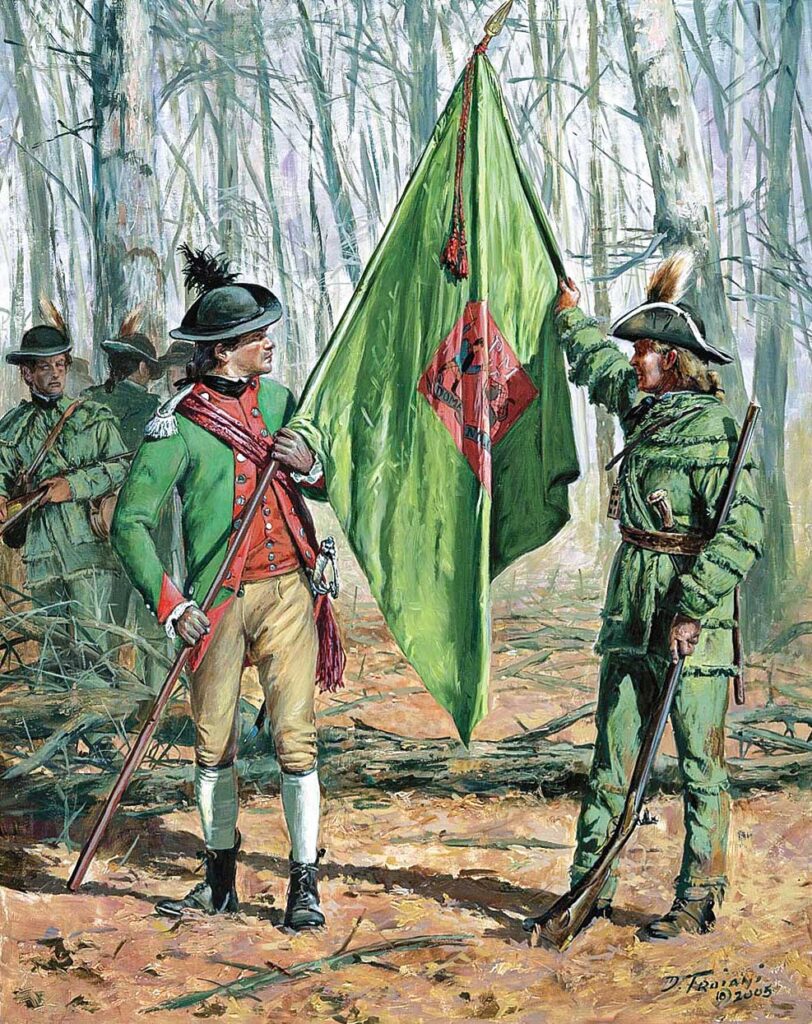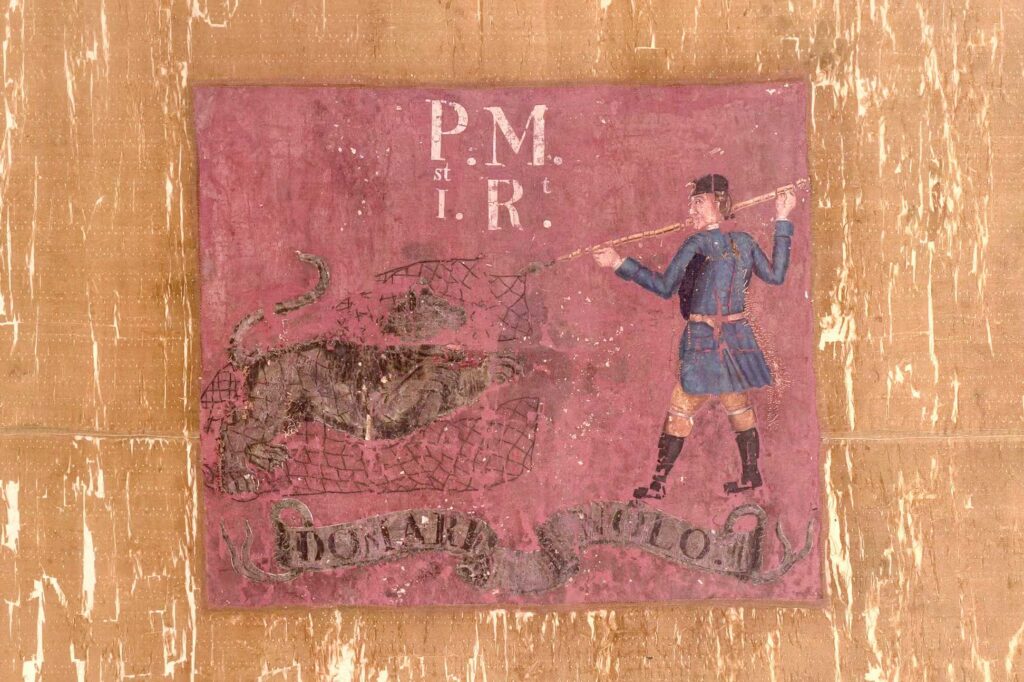III. George Ross & Edward Hand
In 2001, I received a package with a copy of my aunt’s work on our family tree.
Included in the package was an article from by The Lancaster County Historical Society published in 1912, titled “Report of the Committee which Conducted the General Hand Celebration“.
The final paragraph of the article reads as follows:
“Among the guests last Friday, late to arrive and coming unexpectedly without the knowledge of the Reception Committee, was Mrs. Edward Rogers Hopkins, nee Burke, of Philadelphia. She is the widow of W. W. Hopkins’ only son. She was accompanied by her only child, a lad of about twelve, bearing his father’s name. As stated in the published Hand genealogy, this youth is the only lineal descendant of both Edward Hand and George Ross, having the blood of both in his veins. His grandmother was a great-granddaughter of Hand and his grandfather a great-great-grandson of Ross; no other offspring of their union survives.”
Edward Hopkins was my grandfather.
Colonel Edward Hand’s description of the Standard (The Regimental Flag) of The First Continental Regiment, written on March 8, 1776 reads as follows:
“Every regiment is to have a standard and colours. Ours standard is to be a deep green ground, the device a tiger partly enclosed by toils, attempting the pass, defended by a hunter armed with a spear, on crimson field, the motto Domari Nolo“. [1][2]
“Domari Nolo” is Latin, and translates as “I Will Not Be Subjugated”.

Credit: Illustration from Page 91 of Don Troiani’s Soldiers Of The American Revolution
See a photo of the original Standard at The Museum Of The American Revolution:
The Standard of The First Continental Regiment (original)
The page links below are from a book called Alciato’s Emblemata, a book that was in print for nearly one hundred years. The page shown, and the illustration are titled “Etiam Ferocissimos Domari”. The illustration depicts Marcus Antonius (the despot who killed Cicero) driving a chariot drawn by lions and threatening them with a spear.
“Etiam Ferocissimos Domari” translates as “Even The Fiercest Are Subjugated”.

The description from Alciato’s Embelemata reads:
ROMANUM postquàm eloquium, Cicerone perempto, [1]
Perdiderat patriae pestis acerba suae:
Inscendit currus victor, iunxitque leones, [2]
Compulit & durum colla subire iugum:
Magnanimos cessisse suis Antonius armis,
Ambage hac cupiens significare duces.
The translation from the same source:
After Antony, that grievous bane of his country, had destroyed eloquence by slaying Cicero, he mounted his chariot in triumph and yoked to it lions, forcing their necks to bow to the harsh yoke, desiring by this symbolic act to indicate that great leaders had given way before his military might.
The Standard of The First Continental Regiment depicts a tiger breaking free and charging at a man with a spear.

Could it be that the Standard was meant as a reversal of the emblem, which Colonel Hand might have seen as a schoolboy in Clyduff (King’s County) Ireland?
Might the tiger represent Cicero, and with him the dream that was once Rome? The dream of a representative democracy? That dream took the form of the Roman Assemblies in that day, and today takes the form of the Senate and The House of Representatives in the United States Of America?
Cicero was a major influence on the Founding Fathers’ thinking:
Cicero and the American Founders
REFERENCES
1. Edward Hand’s American Journey – Journal Of The American Revolution
2. Don Troiani’s Soldiers of the American Revolution
3. History, Art, and Archives – United States House Of Representatives
4. Edward Hand Papers – Pennsylvania Historical Society

